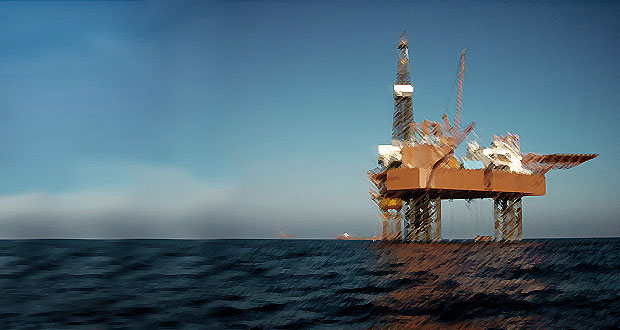Riserless light well intervention system customized for use in deepwater fields

By Stephen Whitfield, Associate Editor
Riserless light well intervention (RLWI) systems are gaining more popularity as a means to help increase production from offshore assets. However, the use of RLWI systems in deepwater operations brings its own challenges related to the stresses placed onto the system components, and these challenges can create limited operability windows for the system. In order to improve efficiency and increase the operability windows in RLWI systems for deepwater operations, existing systems must be customized, said Michael Ge, Subsea Wells Analysis Lead – West Hemisphere at BP.
“The operational risks with riserless systems are not fully understood, and the operational windows may cause significant downtime due to the system’s limitations in unfamiliar environments. We need to assess the limitations of these systems, and once we’ve done that, we need to do something about it to improve it,” he said.
At the 2023 SPE/ICoTA Well Intervention Conference and Exhibition in The Woodlands, Texas on 21 March, Mr Ge outlined the company’s efforts in developing a customized riserless light well intervention (RLWI) system and testing that system in a deepwater well.
As part of its analysis of the RLWI, BP used a 3D finite element analysis model to examine how the geometry of injector guide designs and the material used in each design can affect coiled-tubing stress. From that analysis, the company determined that a “split” design, in which the upper portion of the injector guide is made of conventional non-metallic material and the lower portion is made of steel, provided the smallest levels of coiled-tubing stress compared with other designs that were tested.
BP also performed fatigue analysis to analyze long-term wave-induced and current-induced fatigue on an LWRI system. It found that the most fatigue-critical spot in the system was on the coiled tubing, just below the injection head. To mitigate fatigue risk, BP installed a passive monitoring system on the coiled tubing, with one sensor being installed near the surface (up to 150 ft depth from the waterline) and another installed on the clump weight at the seabed. The company also installed real-time data loggers both below the injector head (where the most fatigue-critical spot was located), and on the vessel.
Mr Ge said that constant monitoring of fatigue can help limit nonproductive time by providing them a more accurate picture of the state of the RLWI system: “We want to see the responses of the coiled tubing and the vessel itself. This allows us to better understand and calibrate the system to respond, say, to a severe wave or something else in the environment that can cause fatigue, so that we can mitigate the fatigue on the system quickly.”
BP tested the updated RLWI system at an unnamed deepwater well, operating at 6,825-ft water depth, from 22 May to 19 September 2022. Mr Ge noted “significant improvement” on the operability windows with the updated system. Based on its operability analysis, BP determined that the allowable surface current for the updated system was 2.5 knots, an increase over the 1.5-knot current limitation that it set for the off-the-shelf riserless system it used on the well in an earlier four-month-long testing period.
This increase in allowable surface current increased the number of days it could operate the system. During the four-month testing period, BP noted 37 days in which the surface current was at 1.5 knots or greater. This led to a 25% increase in operation time compared with the off-the-shelf riserless system used previously.
For the full version of this story, make sure to check out the upcoming May/June issue of Drilling Contractor.




